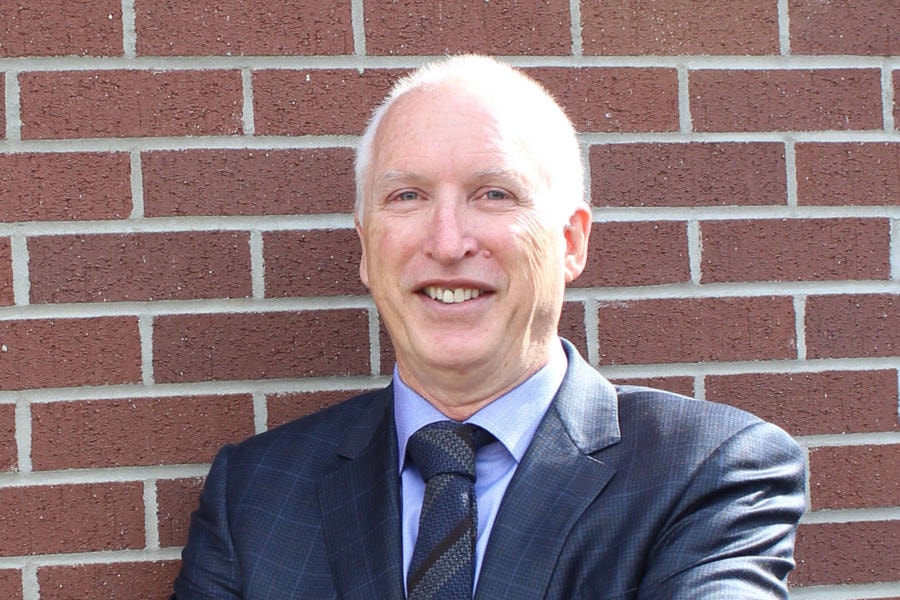Interior Health is monitoring communities along the Williams Lake-Ashcroft corridor for signs of post-traumatic stress caused by this summer’s wildfires.
Chris Mazurkewich, president and chief executive officer of Interior Health, said the implications of a trauma event can sometimes come to surface months later.
“We are still looking to figure out what those issues might be by monitoring or own staff in those communities for indications of anxiety, depression or stress.
“This is new territory for us, but if our people are in need of services to deal with those issues, then there’s a good chance there might be a wider need in the communities where they live.”
He noted that characteristics like anxiety, depression or excessive drinking can lead to other issues that IH doesn’t want to ignore.
“Being evacuated from your home is stressful, but added on that is loss of income as you are not working if you are evacuated. Then there is the pressure of returning home and trying to renew your income which can place added financial pressure on families.
“It’s can be quite traumatic for people and move someone from a borderline or low anxiety level to mid to high level.”
Existing IH resources would be stretched if these issues become widespread, but Mazurkewich says IH is in contact with the province and working with other health authorities and First Nations groups to provide added services if deemed necessary.
“We are fortunate in many ways from what could have happened this summer where the threat of communities burning down was very real,” he said.
“There was some impact on First Nations homes, and we saw in 2003 what can happen with the fires in Kelowna and Barriere.”
